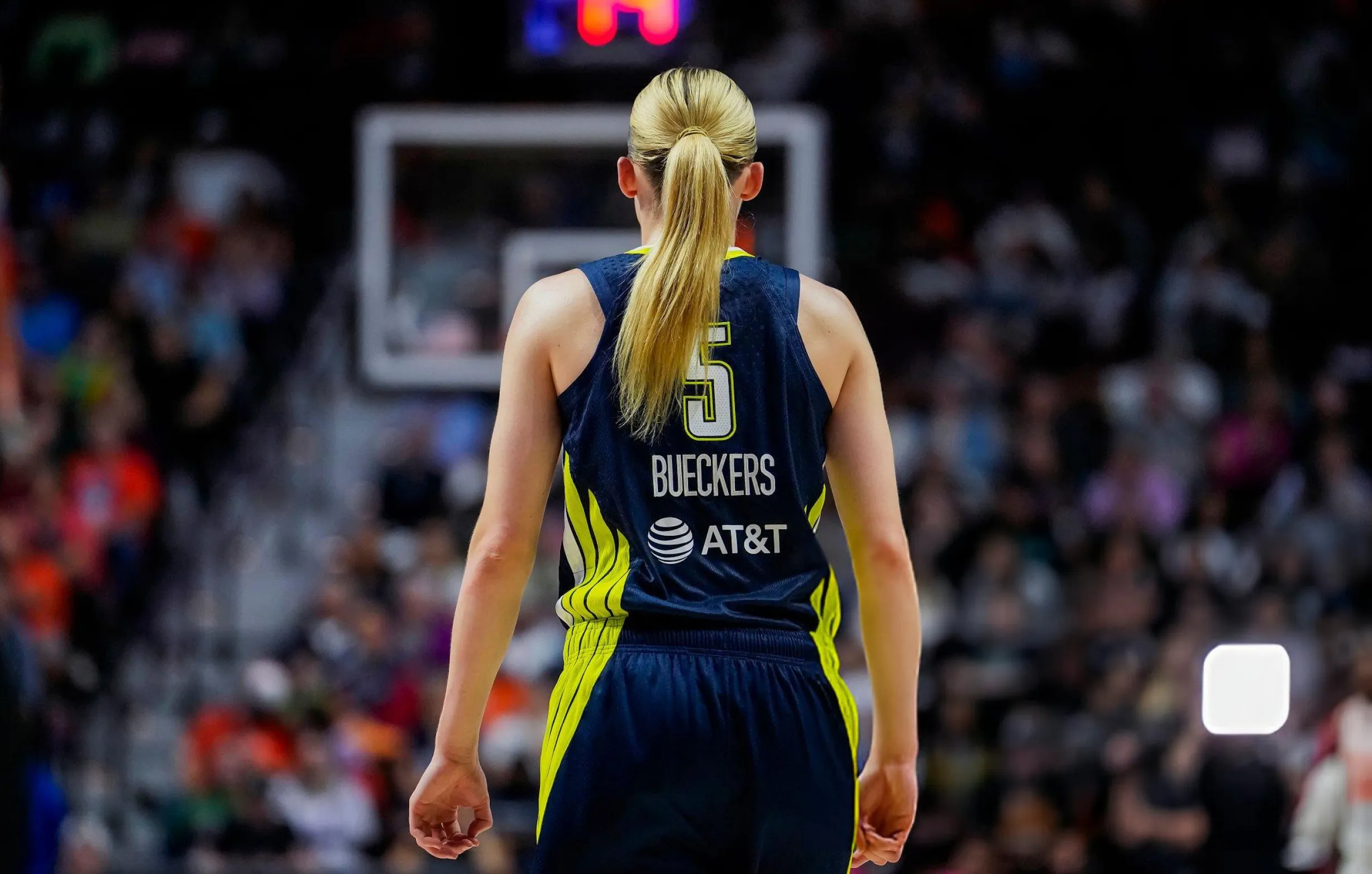Basketball News
NBA Middle-Class Players Thrive Amid CBA Challenges

Despite a wave of dissatisfaction from fans and certain team executives regarding the new collective bargaining agreement (CBA), ESPN analyst Bobby Marks remains optimistic about the financial state of the NBA’s middle-class players. In a detailed analysis featured on ESPN.com, Marks tackled the criticisms surrounding the second tax apron, which some claim has disrupted the free agency landscape and penalizes franchises that nurture homegrown talent.
Marks acknowledged that the updated regulations have added complexity for front offices, potentially restricting the strategic options available to championship-contending teams. However, he vehemently rejected the assertion that players occupying the mid-range salary bracket are facing financial hardships. In fact, he suggested that these players might be experiencing unprecedented financial gains.
NBA Commissioner Adam Silver echoed this sentiment during a press event at the Summer League, asserting that players earning middle-tier salaries are actually in a better position than they were under the previous CBA. His remarks resonate with the optimism shared by former National Basketball Players Association (NBPA) president CJ McCollum, who recently discussed the topic on a podcast, as reported by hoopswire.com.
“There’s a prevalent misunderstanding that players are not receiving compensation comparable to past agreements,” McCollum stated. “That couldn’t be further from the truth. Players are earning more than ever before, and the middle class, in particular, is seeing financial benefits like never before.”
To support his assertions, Marks provided statistical evidence, noting that this offseason, 31 veteran free agents secured contracts worth between $10 million and $20 million. This trend highlights the financial viability of mid-tier players, suggesting that they are thriving rather than being squeezed out of the market.
Moreover, the increasing salaries of these middle-class athletes can be attributed to a combination of escalating team revenues and the growing salary cap. The CBA’s structure, while perhaps challenging for some teams, has inadvertently created a more favorable environment for players in the middle salary range. As franchises adapt to the evolving financial landscape, those who are adept at managing their resources and investments will continue to find opportunities for growth.
In a league where talent is often concentrated at the top, the ability of middle-class players to secure lucrative contracts underscores a shift in the financial dynamics of the NBA. As teams seek to balance their rosters without sacrificing competitiveness, the middle class may play a pivotal role in shaping the future of franchise models.
In summary, while debates over the CBA’s impact on team-building strategies and free agency persist, the reality is that NBA players in the middle salary tier are enjoying a financial landscape that has never been more favorable, as corroborated by insights from both Marks and McCollum.










